In all aspects of life receiving information instantaneously is the norm. So, it’s fundamental that your office can facilitate these fast methods of interaction and not be a clog in the chain through a bad internet connection. But how can you do this? How can you keep your employees happy by ensuring that their internet is more reliable than getting a $2.50 snag every time you go to Bunnings? Well, data cabling may just be the answer to your prayers.
Data cabling, also known as structured cabling, provides a fixed connection between your internet connection and end-user/computer/ hardware. It’s made up of twisted copper pairs that transfer data at speeds much faster than WiFi networks.
Using a fixed-line connection provides far better speeds (we’re talking faster than the flash), security and stability. If you can’t get security and stability from your partner you may as well get it from your internet connection.
When would you need data cabling?
We’re glad you asked! There are a few reasons that you might need to implement data cabling in your business:
When you’re setting up a new office
When you’re extending an office to accommodate more staff
When you’re upgrading from your existing wireless network to a fixed network.
Without data cabling, your devices, printers and terminals won’t be able to communicate with one another, connect to the internet or access your databases.
The best hidden gem about data cabling is that everything is now working faster which means increased productivity! Now there’s nothing stopping your business from world domination AND your staff can’t claim technical difficulties on their timesheets, that’s a win-win if we’ve ever heard one.
Can I do Data cabling myself?
Absolutely not. Not unless you’re an electrician or the handiest DIY-guru ever. And even so, we recommend getting a licensed electrician to do the job (and we know just the people for the job...MPE Group)

